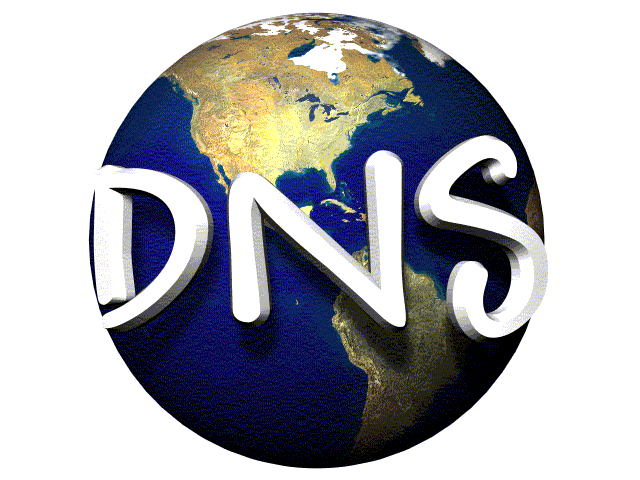
In an age where digital privacy feels more vulnerable than ever, it’s crucial to understand how governments monitor internet activity. This exploration delves into the technical aspects of government surveillance, shedding light on how authorities determine the “where” and “what” of users’ online interactions.
The “Where” of Internet Monitoring
Governments have developed sophisticated systems to track online activity and monitor users’ digital footprints. By tapping into major networks and utilizing high-speed fiber optic connections, they can collect vast amounts of data on internet traffic. Optical taps installed at key connection points allow for the interception and storage of data flowing through these networks. This process involves:
- Network Interception: Governments intercept data at critical junctures in the internet infrastructure, capturing a comprehensive picture of traffic flow.
- Data Collection: Collected data includes metadata, such as the origin and destination of messages, which helps in mapping out communication patterns.
How Governments Determine the “What”
Encryption technologies like TLS protect data transmission between users and websites, but this doesn’t make online activities completely invisible to governments. They often collaborate with tech companies to gain valuable insights into users’ online behavior. Programs like PRISM enable governments to compel tech companies to share user data. This collaboration involves:
- Data Requests: Governments issue legal requests to tech companies for access to user data, including browsing habits, locations, and the content accessed by individuals.
- Decryption: In some cases, governments may work with tech companies to decrypt secure communications, gaining access to the actual content being transmitted.
The Impact of Data Analysis Tools
With access to extensive data from network interceptions and tech companies, governments use advanced data analysis tools like XKeyscore to create detailed profiles of users’ online activities. These tools:
- Aggregate Data: Combine information from various sources to form a comprehensive view of an individual’s online behavior.
- Analyze Patterns: Identify patterns and trends in data, enabling the tracking and prediction of user behavior.
The Reality of Online Surveillance
Government internet surveillance is a pervasive reality in today’s digital age. As users engage with the internet, their actions are potentially visible to monitoring entities. Key considerations include:
- Pervasive Monitoring: Surveillance is widespread, with governments having the capability to monitor a significant portion of internet traffic.
- Limited Anonymity: Complete anonymity online is difficult to achieve, as various data points can be linked back to individual users.
Final Thoughts
Understanding the mechanisms behind government internet surveillance is crucial in a landscape where online privacy is increasingly compromised. By shedding light on these technical processes, individuals can make more informed choices about their digital interactions. Staying informed and vigilant is essential to navigate the digital realm with awareness of the surveillance mechanisms at play.
Informed decision-making and a heightened awareness of these issues can help individuals better protect their privacy and maintain control over their online presence.






![How to secure your Home WiFi network [Tips]](https://www.malaysiainternet.my/wp-content/uploads/2015/02/wifi-multiple-devices1.jpg)








